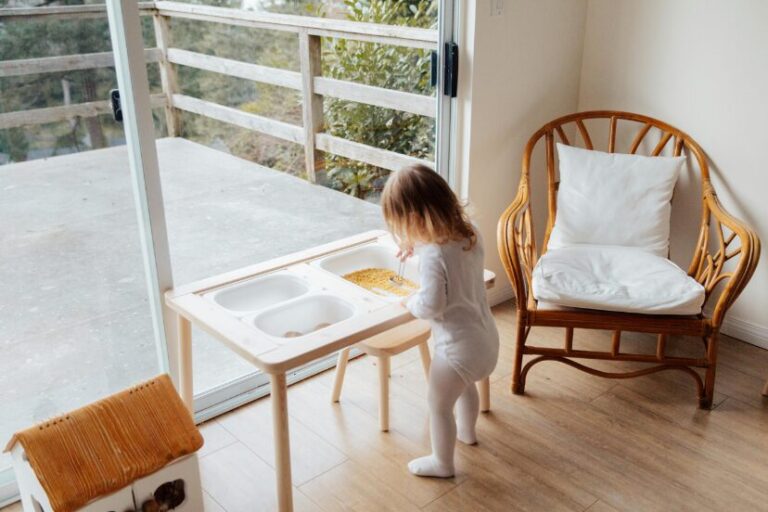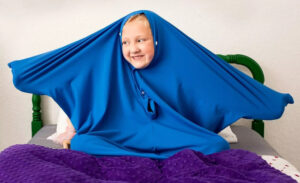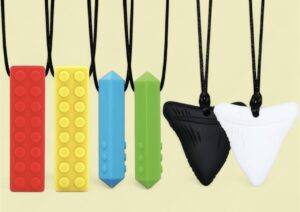Sensory tables are immersive tactile zones designed for creative play, sensory regulation, and fine motor development. Whether you’re a parent, educator, therapist, or adult looking for sensory engagement, these hands-on surfaces support focus, sensory discovery, and learning across the lifespan.
Why Sensory Tables Work
- Tactile stimulation: Materials like sand, beads, or water enhance sensory input in a controlled environment.
- Cross-modal engagement: Combine tactile, visual, and auditory elements—like lights or small fountains—for multi-sensory learning.
- Motor skills & cognitive play: Scooping, pouring, and layering builds coordination, cause-effect understanding, and planning.
- Self-directed engagement: Supports focus and calm, allowing users to control the sensory load.
Types of Sensory Tables (Including Alternatives)
- Sand & water tables: Classic tactile favorites for digging, sifting, and fluid motion.
- Light-up tables: Clear tops with illumination for layering materials like colored rice or beads.
- Compact tabletop trays: Smaller, tabletop versions ideal for small spaces or travel.
- DIY lap trays: Portable trays for desktop or couch use—great when floor tables aren’t possible.
Top Sensory Table Picks
⭐ Classic Sand & Water Sensory Table
Best for: Traditional tactile exploration and outdoor or indoor play
This sturdy table is perfect for digging, scooping, and pouring. Easy to clean and versatile.
🌟 Light-Up Sensory Table
Best for: Color mixing, layered tactile play, and visual learners
This 6-in-1 sensory table includes removable bins and can be paired with an optional light kit. The illuminated surface enhances materials such as colored rice, water beads, or translucent objects.
🧠 Compact Bin Sensory Table
Best for: Small spaces, travel, or lap-based sensory play
This portable tray holds materials securely and allows tactile play anywhere—on tables, floors, or therapy benches.
Safety Considerations
- Supervision: Always supervise children, especially with water, beads, or small items that could pose choking hazards.
- Age-appropriate fillers: Choose larger, non-toxic materials (e.g., chunky rice, foam shapes) for toddlers and young children.
- Allergies: Avoid fillers like wheat flour, scented playdough, or latex-based items if there are allergy concerns.
- Spill control: Place a waterproof mat under the table for easy cleanup and slip prevention.
- Weighted stability: Ensure tables are stable and won’t tip easily when leaned on or climbed by younger kids.
- Hygiene: Clean and dry bins regularly to prevent mold, especially after water play.
Related Sensory Tools To Pair
- Water Beads – add soft, spherical textures
- Sensory Sand – classic granulated tactile play
- Sensory Lamps – create visual ambiance in play areas
Match Goals to Table Type
| Goal | Best Table Type |
|---|---|
| Calm sensory input | Sand or water table with gentle properties |
| Visual stimulation | Light-up sensory table |
| Portable play | Compact tray or lap table |
| Hands-on discovery | Combination trays with multiple materials |
How to Make the Most of Sensory Tables
- Start with short 5–10 minute sessions during transitions or breaks.
- Layer sensory inputs by adding calming scents or sounds nearby.
- Rotate materials weekly (sand, rice, beads) to keep play novel and engaging.
- Use compact trays in calm corners, classrooms, or therapy sessions when space is limited.
Frequently Asked Questions
What’s the best material for a sensory table?
Sand and water are classic tactile fillers. Lighted tables help visual learners. Trays are best for small spaces.
Are sensory tables messy?
Yes, but with mats, shallow bins, and structured playtime, cleanup is manageable and worth the sensory benefits.
Can adults use sensory tables?
Absolutely—many adults, including therapists, educators, and caregivers, use them for mindfulness, stress relief, and creative engagement.
As an Amazon Associate, SensoryGift.com earns from qualifying purchases. Thank you for supporting inclusive sensory solutions.



